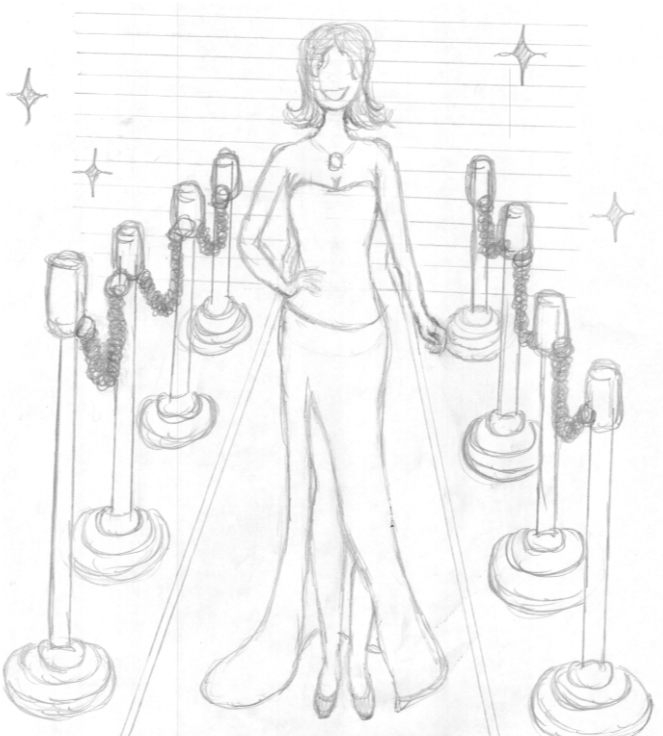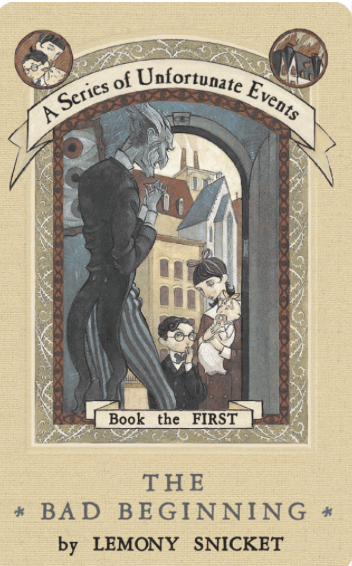“What do you want to be when you grow up?” The question is one we’ve all heard numerous times before — when adults don’t know what exactly to say to a seven-year-old you, and when it’s time to start thinking of college ten years later. The better one is this: why are so many people’s answers closely related to STEM?
There are several possibilities, all of which are understandable. The money, the respect, the financial stability. Maybe even just the pretty way your name rolls off the tongue following the word ‘Doctor’. But there’s another possibility that seems to hide behind the words “low enrollment” and “budget cuts.” It’s no secret that for the past several decades, there seems to be a growing conviction among society that financial success in life is equivalent to a career in STEM. According to a research study conducted by the Department of Education in April of 2023, graduates from STEM programs have a consistently much higher starting salary compared to students who graduate in fine arts or humanities, and all but five of the hundred highest paying degrees are STEM related. Computer science graduates were found to earn an average minimum salary of $240,000, while graduates from a music program earn $13,336.
So, why? Why do people grimace when the words “fine arts major” leave someone’s mouth? The answer is more complicated than we may like.
Just last year, West High canceled several classes, among which were almost entirely fine arts, save for one. These cuts included Music Theory, Costume and Wearable Art, Advanced Fashion Design, Choir, Aristocracy, AP Music Theory, and others. Coincidentally, several of West’s STEM classes that also have lower enrollment — such as Data Science or AP Psychology — still exist. So, what makes one a necessary sacrifice, while the other is out of the question?
The unfortunate reality is that most people see these classes as mere hobbies, or fun extracurricular activities, not ones that are necessarily vital to a school. Not as a chance for students to discover where their true passions may lie. As Paige Mimura (12), a former Advanced Fashion student, recalled with affection, “It opened me up to a possible career opportunity.”
The issue is not that classes are being canceled due to low enrollment, the issue is that the classes being cut are consistently only fine arts. If cuts are necessary, the ones chosen should be split evenly so that one area of interest doesn’t completely die out. Denying incoming students the choice to pursue anything that doesn’t happen to fall underneath the STEM category is not prioritizing popular classes, it’s purposefully excluding others.
With the possibility of fine arts continuing to be cut off in the future, Ms. Kim, a current Pre Calculus teacher, expressed with slight indignation: “. . . as a teacher and a human being, I’d be disappointed and upset. It’s inequity. Everyone deserves to explore their interests equally.”
Which brings us back to this question: what makes student interest in STEM more important than interest in fine arts? Sharing her thoughts on the potential rationale behind schools canceling fine arts classes, Gabriela Bartholo Cox (12), a former Aristocracy student, stated with firm conviction, “I think ultimately, this school and most schools will choose to keep classes that make their stats and them[selves] look more academically impressive.”
Which isn’t surprising. Internationally, the U.S. is far from the leading country in STEM-related subjects, located somewhere closer to the middle of the pack. When people look at a school’s success, they typically don’t look at how well the fine arts classes are doing, they look at the STEM classes. However, this pressure to be the best inevitably leads to other classes being pushed aside to prioritize STEM ones. As public schools push the STEM curriculum more and more for the sake of higher test scores and job-ready individuals — whether they’re aware of it or not — they’re also discouraging the fine arts one.
To be clear, public schools aren’t actively trying to eradicate these classes, and at least part of the problem can be traced back to low enrollment. But the reason these classes have such low enrollment is that the downsides simply outweigh the positives. Fine arts credit is only worth so much in the long term. When scheduling, fine arts will never come before your academics, and due to a lack of space, many simply have to cut the class not required for graduation. It’s an unfortunate situation, but a cyclical one as well, which begs the question: Why bother offering these classes if they’re made increasingly difficult for students to pursue? The school’s decision to cancel them almost makes sense at that point.
This, in combination with the minimal advertising and encouragement for fine arts, leads to students either being completely unaware of these classes or disinclined to sacrifice a period for them.
It is a vicious circle, and one that can only be stopped if more people are made aware of what’s happening. Because if this pattern continues, it looks like the fine arts at West are in danger of disappearing completely.
*The opinions expressed in our Opinion articles are the author’s own and do not necessarily express the views of the Signals Staff or West High as a whole.









